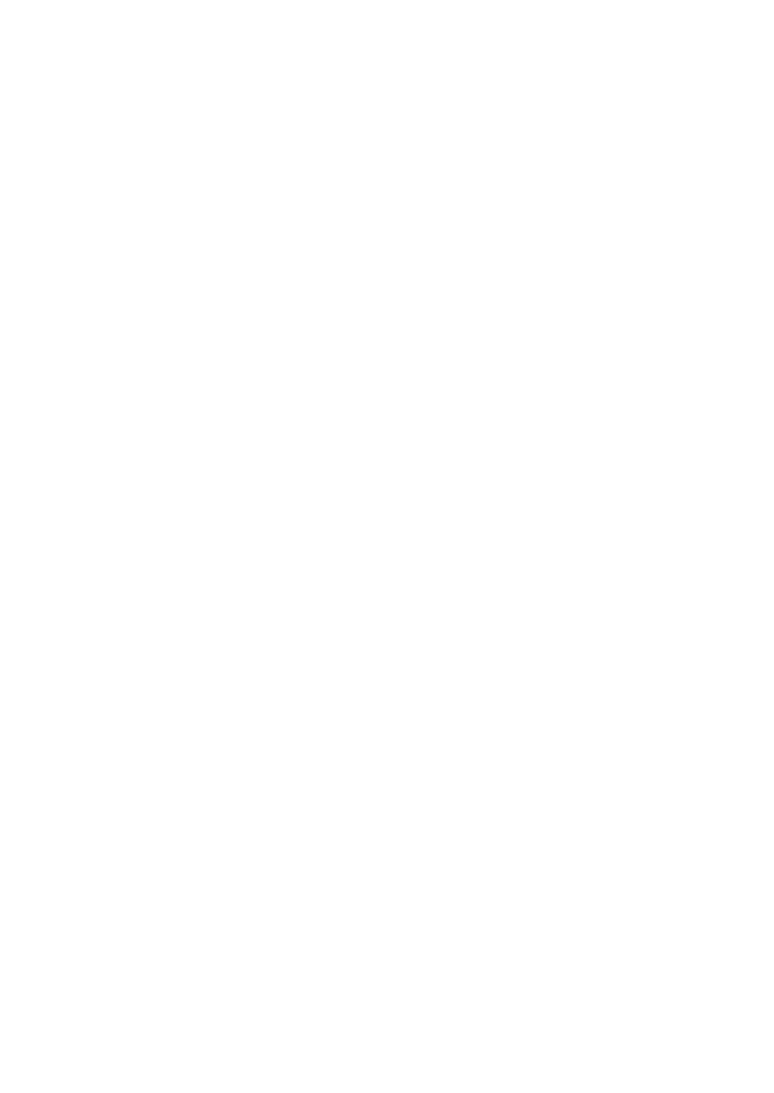
Miscellaneous Topics – 2392
This mark is in effect a description of the whole eye with reference to the
eyelashes which form only a part of the eye. What is meant is that the
Bodhisatta had the eyes which are not protruding, nor sunken but are clear
like ruby stones kept well-washed and polished, with eyelashes which are
soft, smooth, tender, fresh and bluish, growing in a row like those of a
newly-born red-coloured calf.
31. The mark of the hair between the two eyebrows (
uṇṇa-loma
).
This hair grows gracefully in the middle of the two eyebrows, directly above the
ridge of the nose and at the centre of the forehead. It is pure all over, like the
morning star. It is as soft as the cotton wool ginned and refined 100 times and
dipped in clarified butter. It is white as the colour of silk-cotton (
simbalī
). When
it is stretched from the tip with one’s hand, it is two cubits long. When it is
released from the hand, it coils back clockwise with the tip curling upwards. It is
of a beauty that attracts and commands veneration of every onlooker, like a
silver star studded on a pure gold plate, or like pure milk flowing out of a golden
vessel, or the morning star in the sky that reflects by the sunlight at dawn.
32. The mark of the thin layer of flesh that appears by nature like a gold
headband on the forehead.
What is meant is that the Bodhisatta has a perfect forehead as well as a perfect
head.
[242]
The thin layer of the flesh on the forehead of the Bodhisatta covers
the whole of it, rising from end to end, from the top part of the right ear to the
left. This particular layer of flesh being soft, golden in colour, lustrous and
extensive on the entire forehead is graceful like a gold band fastened to a royal
forehead. In fact, the gold band on a king’s forehead, or the royal insignia, is an
imitation of the forehead of a Bodhisatta which is used as a sign of royalty by
kings who have no such natural feature.
The head of the Bodhisatta is perfect in all aspects. Unlike the Bodhisatta’s, the
heads of ordinary people are imperfect. Some look like a monkey’s, as though
they were broken in two parts. Others seem to have cracks. Still others have so
little flesh that they appear as skulls just covered by the skin. There are also
heads disproportionately like a gourd, and there are still others which are
curved at the back or protruding with the back of the head bulging. In contrast
with them, the Bodhisatta has a head of perfect fullness like a golden baluster, as
if it had been carved out with a round chisel to make it round, smooth and
beautiful.